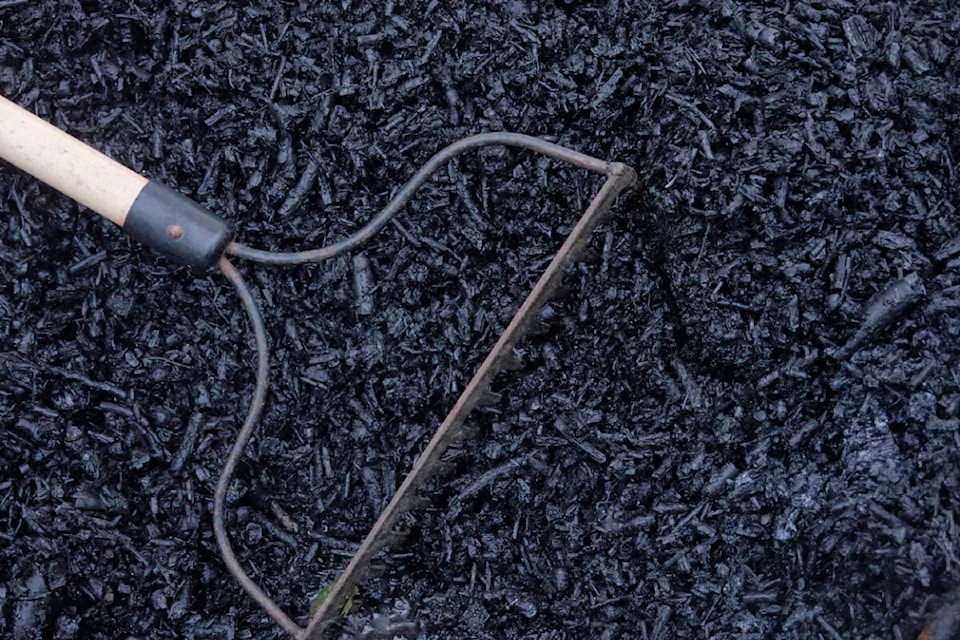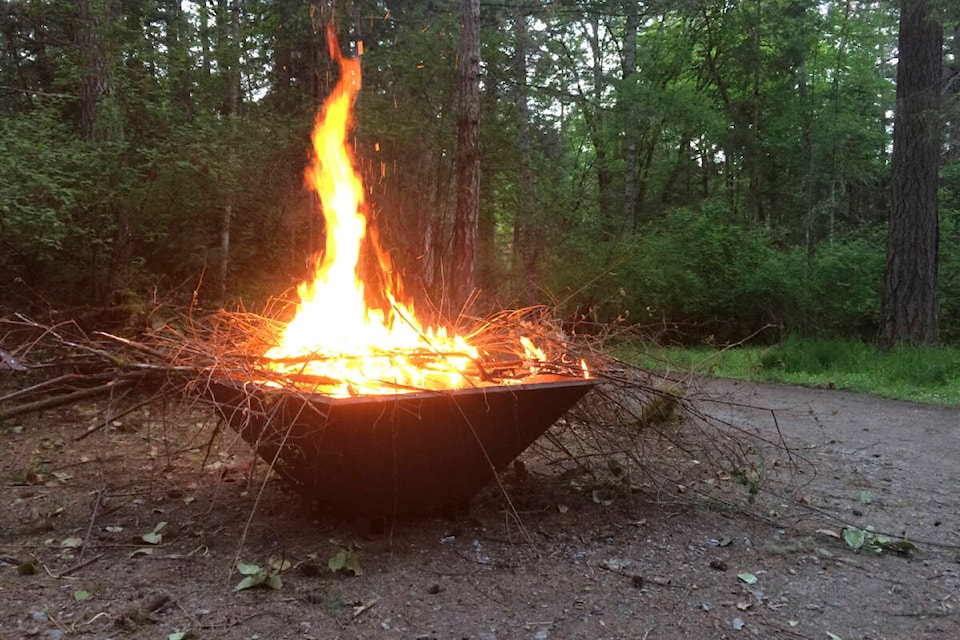The Yellowhead Community Services Food Security Program has received funding from the Tamarack Institute to purchase two new biochar kilns for the community in Clearwater.
The portable kilns manufactured by Transition Salt Spring Society will be delivered on Seedy Saturday weekend and Brian Smallshaw and Grace Fields from the society will be demonstrating how to use the kilns on April 5 and 6 during the Seedy Saturday events.
The first seminar will take place at the Clearwater library on April 5 starting at 5:30 p.m. and the presentation will be Forest Management with Transition Salt Spring’s Climate Adaptation Research Lab.
On Saturday April 6 starting at 10 a.m. the biochar kiln demonstration will begin with Transition Salt Spring Society.
In an interview with the Clearwater Times and Barriere Star/Journal, Brian Smallshaw explained his interest in the concept of biochar.
“I’m a historian and I had an interest in charcoal-making that happened in the southern Gulf Islands by Japanese Canadians about 100 years ago,” said Smallshaw. “My wife and I along with another researcher did a study a few years ago on charcoal-making and this was mainly charcoal to supply the canneries on the Fraser River. I also like to cook on charcoal to barbecue and started making my own charcoal according to the traditional Japanese method which I did for probably six years and then began reading about biochar. When you make charcoal in a regular kiln you end up with lots of small bits in the bottom of the kiln that can be used as a soil supplement in a garden, and around fruit trees.”
The researcher continued studying the method and discovered an open design kiln and began thinking this type of “open style kiln” would work for burning natural yard waste and built his first prototype. Once his neighbours saw what he was doing and how well it worked they began asking if he could make them a kiln.
“Now I find myself in the biochar kiln business,” he says with a chuckle.
Smallshaw says not only are people who are gardeners interested in this biochar method but says, “people who want to clear the brush from around their property efficiently and by burning in a kiln you end up with something that is useful in your garden and around your trees.”
The Transition Salt Spring Society was interested when hearing about this kiln, thinking it’s good for the environment because the biochar itself is sequestering carbon.
“Instead of that carbon when you burn off a pile virtually all of that carbon ends up back in the atmosphere but if you keep a portion of that as biochar you are effectively sequestering that carbon and it will be stable in the soil for many centuries and in fact help to build soil,” he said.
Smallshaw and partner Fields are looking forward to sharing their presentation locally in the North Thompson.
Joanna Hurst, coordinator for the YCS Food Security Program, reminds residents they will be permitted to apply to borrow the kilns for their own use.
“The annual Seedy Saturday event is a great time to swap seeds with lots of locally grown seeds to trade, seed-saving books available by donation and a hands-on mason bee-house making, seed planting and seed cleaning station with additional information about the food security program as well as the vendor market and concession taking place during the event. Entry is by donation. We hope to see many residents there,” said Hurst.
If you have questions you can email Joanna at: joanna.h@yellowheadcs.ca
For more info about Biochar visit: https://pixelmap.ca/biochar/index.html#

